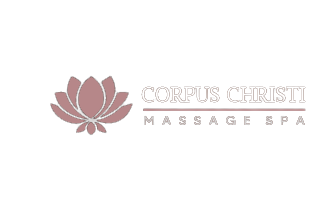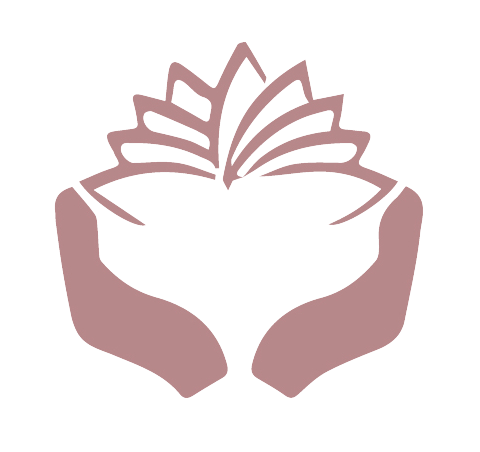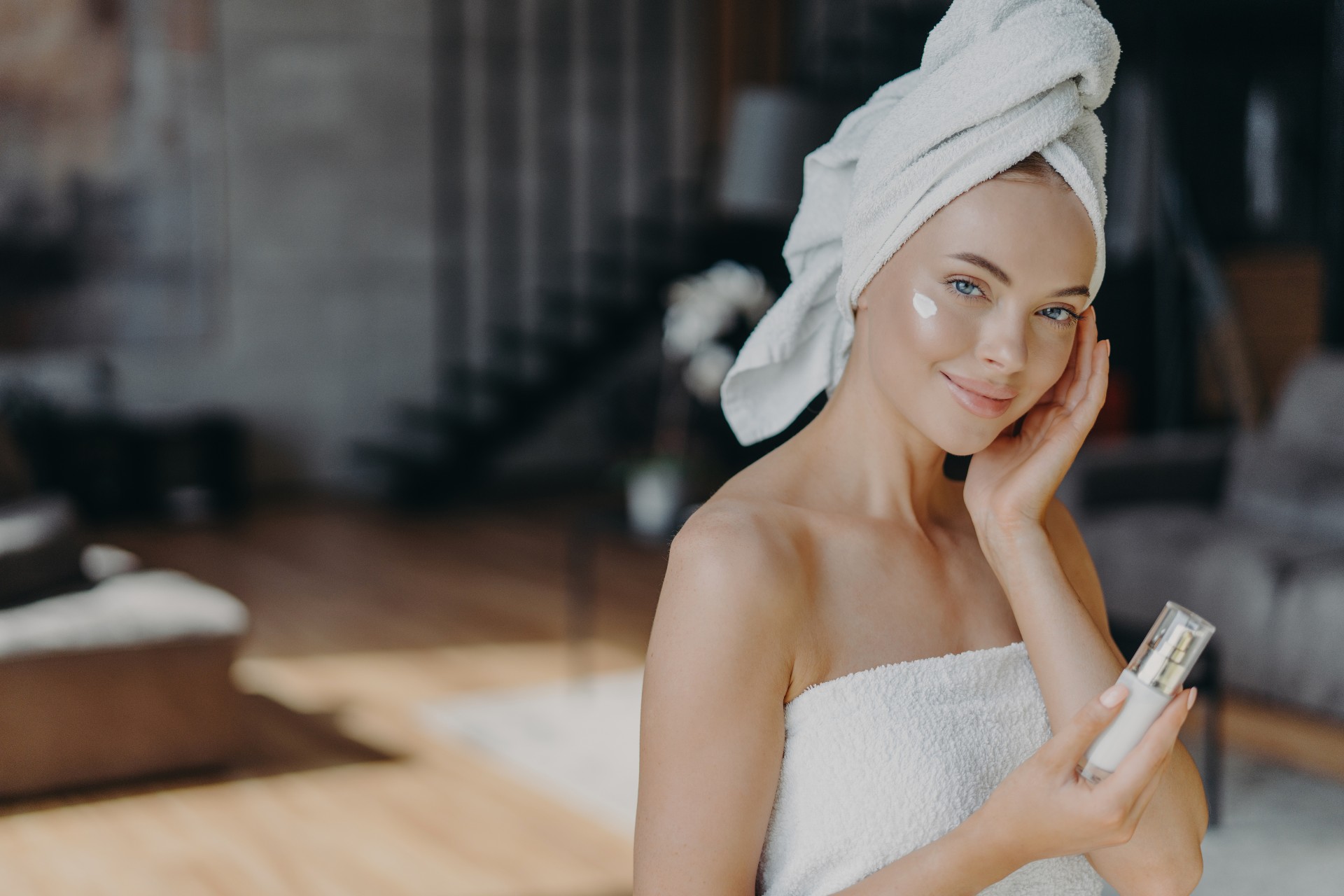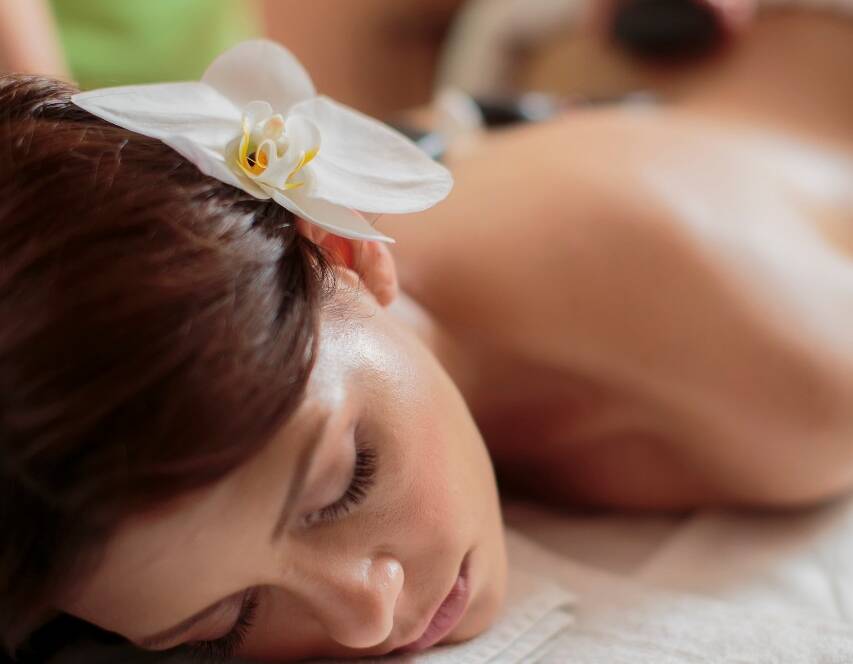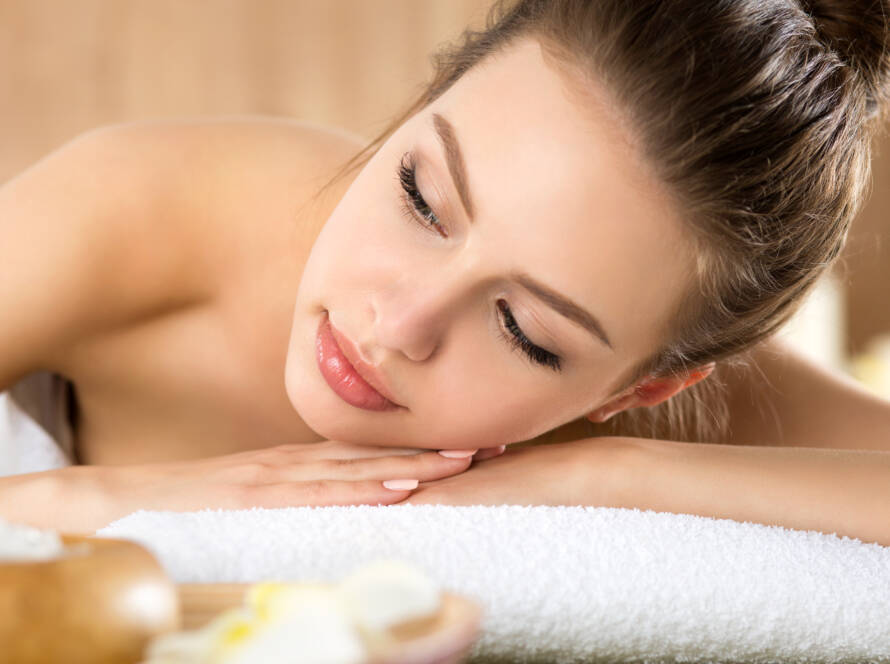Are you looking for a way to truly unwind and decompress? From a heated whirlpool soak to a full body massage, there are so many different spa treatments out there that can provide the relaxation and reinvigoration you need in your life. To make sure you do not miss the best treatments, we have created the ultimate spa treatment checklist. Find out which treatments you should be indulging in for ultimate relaxation!
Massage Therapy as Part of SPA Procedures
Massage therapy is often part of spa treatments, providing relaxation and soothing sensations to reduce muscle tension. Studies have shown it can help ease the pain of aching muscles, increase mobility, and manage stress. For example, a review published in the Harvard Medical School blog found that massage can reduce physical pain as well as depression and anxiety. Receiving regular massages has also been linked to improved flexibility, decreased fatigue, reduced headaches and migraines, improved insomnia, and higher energy levels [Source].
Of course, not everyone may view massage therapy as beneficial or necessary. Some people may be unable to receive massage therapy due to health conditions or physical injuries. Additionally, some might find that massage therapy does not help them relax; for example, a person with extreme social anxiety may be more anxious during a massage if there is little one-on-one interaction with their masseuse.
In spite of this debate, massage therapy remains popular for many spa treatments because it offers an overall sense of well-being and reduces stress hormones. With these benefits in mind, we now turn our attention to facial treatments—another important aspect of spa services. Through facial treatments such as facials, exfoliations, and more, spas are able to reinvigorate the skin and restore its natural healthy glow.
-
According to a survey of spas conducted by the International SPA Association, the most popular types of services offered at spas are massage (90.5%), facial treatments (77.8%), body wraps/scrubs (72.5%), and nail care (60%).
-
A study of spa treatments conducted in 2018 concluded that clients prefer spa treatments that offer relaxation, stress relief, and focus on mental wellness.
-
According to research conducted by Spafinder Wellness 365, 83% of consumers would return to a spa after trying a treatment for the first time.
Facial Treatments for Skin Rejuvenation
When it comes to spa treatments, facial treatments are becoming increasingly popular for their ability to rejuvinate and restore the skin. With gentle exfoliation, cleansers, masks, serums, and moisturizers all working together to create a visibly brighter complexion, most are eager to add this treatment to their checklists. Yet, some still debate between massage therapy and facial treatments for skin rejuvenation in regards to their potential therapeutic benefits.
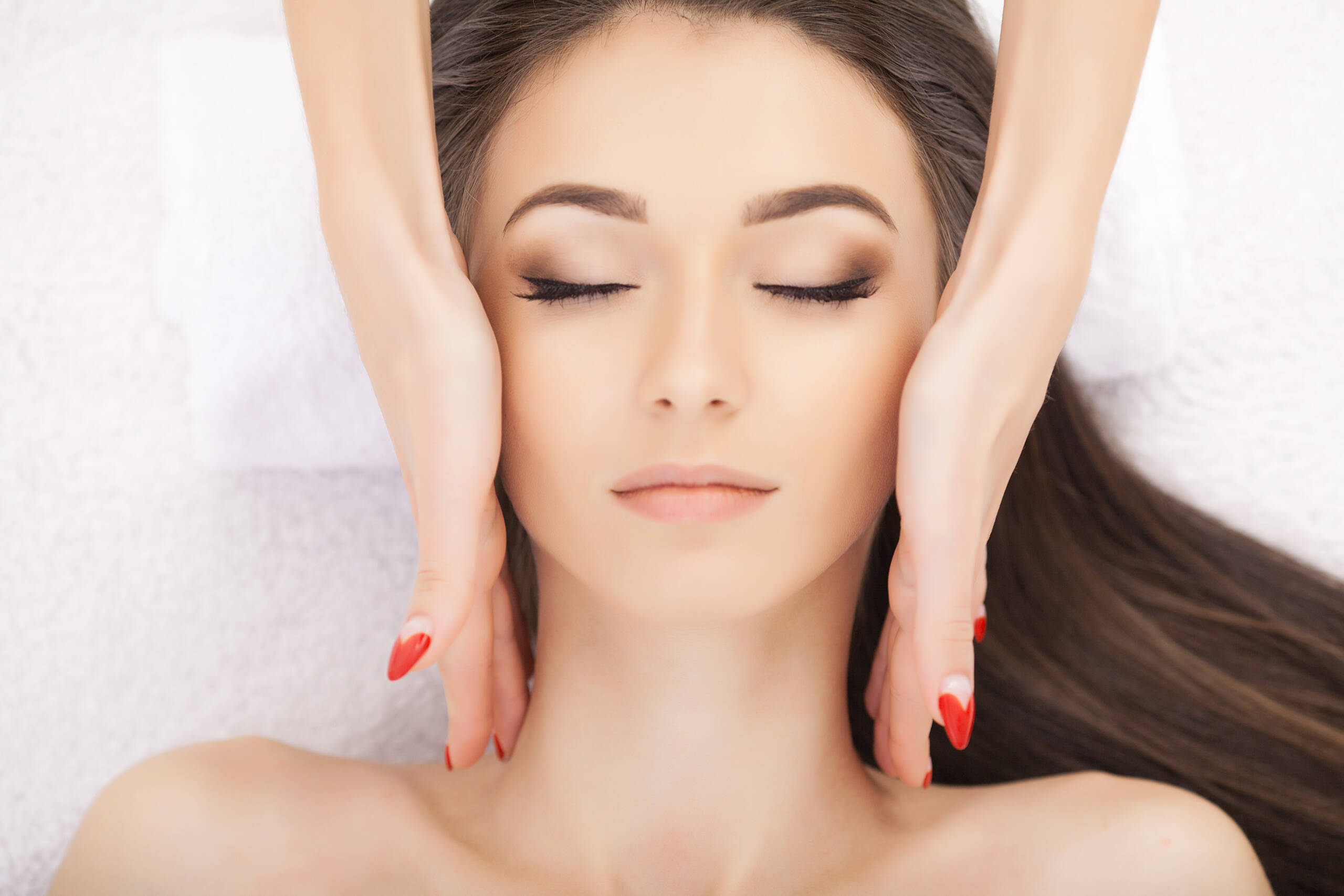
On one side of the argument massage therapy is favored for its ability to relax tight muscles, release tension and increase circulation – all of which can be beneficial for glowing skin. Though on the flip side facial treatments offer similar results with its ability to deep cleanse pores, reduce dark circles and fine lines around the eyes or even tone and contour the face. However what makes facial treatments more unique is its layering effect with each step helping produce maximum results while deeply hydrating the skin making these types of treatments optimal contrasted to massage therapy’s topical surfaces.
Though even when it comes down to effectiveness in regard to spa treatments, both have evidence that supports their claims. For instance, massage has proven effective in helping decrease cortisol (stress hormone) levels which can potentially affect sebum production leading to fewer breakouts. While facials on the other hand come equipped with powerful serums that contain potent ingredients like retinoids and glycolic acid inherently proving successful in getting rid of hyperpigmentation and treating acne.
Whichever route you decide take as part of your spa procedures it is important become aware of the different steps within a facial protocol before implementing anything into your checklist to make sure you are ultimately getting the desired results.
Essential Steps in a Facial Protocol
A facial is an incredibly important skin rejuvenation treatment that employs a carefully crafted protocol. Depending on the individual’s skin type, this protocol may be tailored to their needs for optimal results. For example, for acne-prone skin, the skin must begin by being cleansed and exfoliated, which helps remove dirt, oil, and bacteria that contribute to breakouts. Next, extraction and steaming should take place in order to help facilitate the removal of blackheads and whiteheads and open up the pores before nourishing with products containing active ingredients such as peptides and antioxidants. Finally, a calming mask should be applied followed by moisturizer to hydrate and replenish the skin barrier.
Ultimately, there is no single “correct” facial protocol as each individual’s needs vary depending on their skin type and desired outcome. However, regardless of which treatments an esthetician chooses to include in the facial protocol, all of the steps should flow harmoniously together in order for the client to get optimal results, relaxed state of mind, and glowing complexion afterwards. After all, it is essential for a person to not only look good but also feel good from within. Moving forward, one could explore how exactly facial treatments can deliver these two important goals simultaneously.
Benefits of Facial Treatments
Facial treatments, especially when done so by a licensed professional, can bring about numerous benefits to an individual who is looking for relaxation and rejuvenation. A professional facial is designed to cleanse, nourish, and revitalize the skin – all of which can help keep skin healthy and glowing. Additionally, facial treatments can help reduce signs of aging such as wrinkles and fine lines while calming redness and providing deep hydration.
It should, however, be noted that there are different types and levels of facials available. Choosing the right facial for your skin type is important in order to maximize the benefits you receive from the treatment. For instance, if someone has oily skin they may benefit more from a deep cleansing facial than someone with dry skin would. Therefore, getting advice from a professional before signing up for any type of facial is essential for achieving optimal results.
Overall, receiving regular facial treatments can provide relaxing and rejuvenating experiences as well as boost overall skin health and aesthetics. However, this is not the only possible way to increase one’s healing potential and immunity. Next we turn to steam treatments that can help increase circulation in the body while naturally boosting one’s immune system.
Immune System Boosters with Steam Treatments
Coming off the benefits of facial treatments such as hydration, exfoliation, and relaxation, it’s no surprise that spa visits can also help boost your immune system. Steam treatments in particular are impactful when it comes to strengthening the body’s natural defense system – especially combined with other services like massage and herbal baths.
During a sauna or steam room session, special humidifying agents that provide enhanced levels of oxygen are released, for example eucalyptus in some cases. This helps to detoxify the body’s systems and decrease the time it takes for colds and flus to pass through the body.
It has been argued many times whether this process is safe, but advocates note its modern twist on age-old traditions that have always been practiced in one form or another. For example, a 2011 study in South Korea tested steam inhalation technique using eucalyptus oil among adult male participants with head cold symptoms. While initially mild to moderate symptoms remained largely unchanged, a significant decrease in cough frequency was noted after 18 days of self-treatment and inhalation of heated eucalyptus oil (Eom et al., 2011). The study concluded that steam inhalation of essential oils is an effective form of complementary medicine for mild to moderate acute upper respiratory tract infection symptoms such as head colds.
Not only does a steam treatment benefit those who are already dealing with an illness, but the treatments often can prevent sickness before it happens due to its toxin-zapping performance. Ultimately, steam treatments can offer a gentle and restorative approach to nourishing both physical and mental wellbeing, strengthening the body from within and serving as an important preventative measure against infection or disease – all while helping you relax.
This is just one way that spa treatments can be beneficial beyond relaxation purposes; now comes the question of which body treatments may further reduce tension while making sure the spa experience is pleasing overall.
Stress Reducers with Body Treatments
Body treatments, when included in a spa package, are very effective at reducing stress. These may include exfoliation, masks, aromatherapy, and hot stones. Such treatments can help reduce tension in the body and provide a sense of relaxation. They also promote detoxification, which helps further reduce stress.
One of the most popular body treatments is the massage. Massage therapy can stimulate circulation, reduce muscle tension, and improve flexibility. It may even decrease cortisol levels in the body – an important factor for effectively reducing stress. Although research has found that massage therapy is beneficial for stress reduction, not all massage therapies have been found to be equally effective. Depending on the person’s individual needs and preferences, they may opt for Swedish massage, hot stone massage, or reflexology.
Another popular body treatment is exfoliation. This involves scrubbing away dead skin cells using an abrasive material such as sea salt or sugar and oil mix. Exfoliation revitalizes the skin by restoring its proper hydration balance and making it look radiant and refreshed. In addition to providing an aesthetic benefit, exfoliation also has therapeutic benefits – namely relief from muscle tension. Additionally, it can help reduce inflammation associated with stress-induced hormones like Cortisol and adrenaline which are often linked to skin conditions like acne and psoriasis.
Finally, there is aromatherapy which consists of inhaling essential oils for their calming effect on mind, body, and spirit. Aromatherapy can help increase relaxation responses in the body while decreasing anxiety and depression levels caused by chronic stressors. Moreover, certain essential oils have antiseptic properties which can help protect against infection as well as inflammation. This means not only that they can bring immediate physical relief but they also have long-term effects on overall health and well-being when used regularly in tandem with other spa treatments such as massage or steam baths.
Whether looking for short-term stress relief through massage therapy or longer-term healing through aromatherapy or exfoliation treatments – one’s spa experience need not be limited to just one type of treatment to feel maximum benefit from a transcendent day of escape from reality and total relaxation. The combination of body treatments available at modern spas makes this possible!
Common Questions
What additional cleaning procedures should be included in a spa procedures list?
Spas should include a range of additional sanitation and hygiene procedures in their list of treatments, beyond the typical cleaning supplies used in most facilities. For instance, spas should use disinfectant cleaners rather than simpler soap-and-water formulas to kill germs on surfaces. Additionally, spas should employ anti-bacterial hand soaps for employees, and offer customers disposable hand towels, shower caps, and toe separators when possible. Spas should also regularly steam or wash fabrics used on chairs and lounges, as well as discard any salon sheets after each client. Finally, they should take extra precautions with facial brushes and other tools that come into direct contact with clients’ skin. Regularly sanitizing these items between uses will help to ensure customer safety and satisfaction.
What specific items should be included in a spa procedures list?
A spa procedures list should include items that are focused on relaxation and stress relief such as massage, wraps, facials, body treatments, manicures/pedicures, body scrubs/exfoliation, and steam rooms. Each procedure should also provide details about what takes place during the service. For example, massage could specify different modalities such as therapeutic massage or reflexology and provide a description of what the process includes. Additionally, providing a timeline for each treatment will help customers plan for scheduling purposes. Lastly, a spa should include packages to combine various treatments for an experience that incorporates the total spa experience.
What are the health and safety considerations for spa procedures?
Health and safety are paramount considerations when it comes to spa procedures. Any procedure should be performed by a licensed and qualified professional trained in safety protocols. To ensure the best possible care, clients should research their service provider and make sure they are qualified, certified, insured, and following all safety recommendations.
Furthermore, spa treatments should always use clean tools that have been sanitized between clients; all products used should also be of medical grade quality. The spa itself should always follow guidelines for proper ventilation to minimize the risk of airborne particulate exposure or infection. Additionally, any equipment used in treatments should be inspected for proper operation and maintained according to manufacturers’ instructions.
Last but not least, it is important to note that certain treatments may not be suitable for everyone. Any contra-indications such as pregnancy or certain medical conditions must be disclosed prior to booking and carefully taken into consideration to ensure the safety of the client.
